

Engage prospects with a scan and streamline customer engagement with FREE QR code marketing tools by Sona – no strings attached!
Create a Free QR CodeFree consultation

No commitment

Engage prospects with a scan and streamline customer engagement with FREE QR code marketing tools by Sona – no strings attached!
Create a Free QR CodeFree consultation

No commitment
For soda fountain repair technicians, enabling seamless, timely access to equipment and support is essential for maximizing uptime, customer satisfaction, and operational efficiency. Yet, technicians and operators often struggle with missing high-value service requests because equipment issues and site visits are recorded inconsistently or not at all. The move toward contactless tech and rapid troubleshooting has put a spotlight on digital solutions that bridge the gap between physical assets and online resources.
Traditional methods such as paper manuals, hard-to-track service logs, and static signage often leave businesses vulnerable to delays, inaccuracies in maintenance records, and missed opportunities to proactively address recurring equipment failures. QR codes offer a modern, frictionless solution by instantly connecting technicians, staff, and business owners to the information and actions required, precisely at the point of need.
By leveraging strategic QR code deployment, soda fountain repair technicians can transform even the smallest daily interactions into opportunities for high-fidelity tracking, improved segmentation, and superior customer support. As operational data becomes richer and more accessible, every scan builds toward a system where errors, delays, and missed upsell moments are minimized. This article explains how to deploy QR codes across your service ecosystem, connect offline interactions to digital workflows, and turn each scan into a revenue signal using tools like Sona QR and Sona.
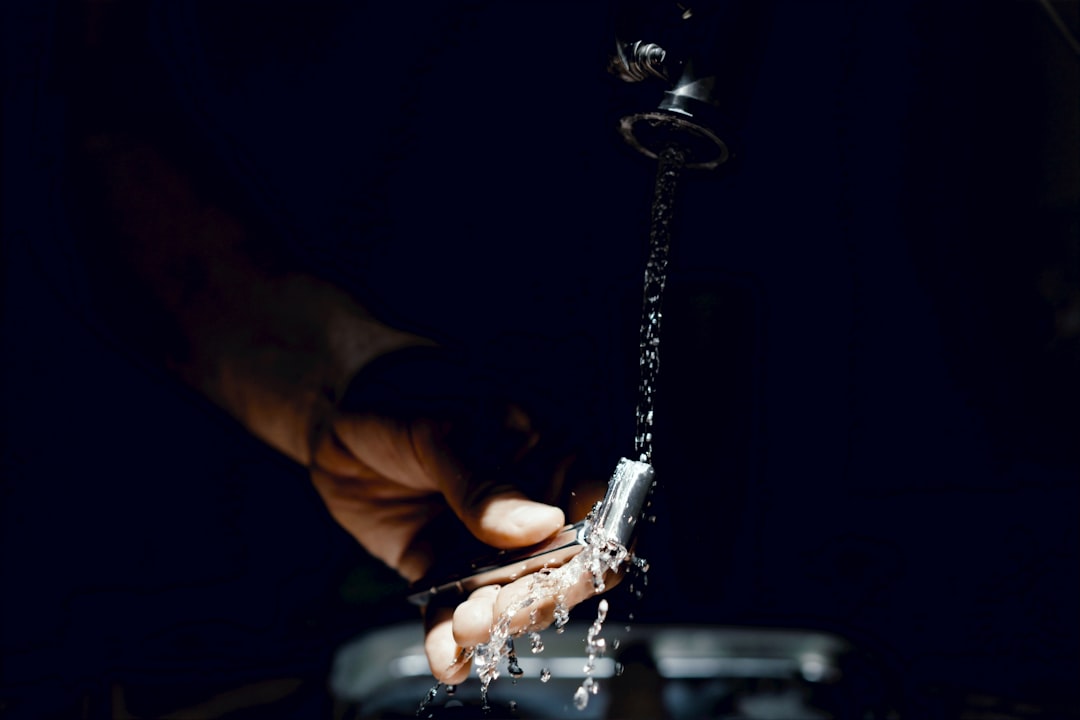
Analog processes like maintenance binders and static documentation introduce friction, and too often, vital information gets lost, outdated, or never enters the CRM at all. This data gap makes it difficult to track high-value repair opportunities or maintain up-to-date records for effective targeting. A practical first step is to map existing workflows and pinpoint where technicians or staff encounter obstacles: lost manuals, unclear responsibility for follow-up, or slow access to crucial troubleshooting info.
Embed QR codes on every piece of equipment or location where action is required, using stickers and labels. Place them on soda fountains, near troubleshooting guides, and in staff instructional areas such as posters. Avoid common pitfalls such as generic QR placements with no segmentation or context tagging. A well-planned QR strategy pairs each scan with a clear purpose, a relevant destination, and tracking parameters that attribute activity to the correct machine and location.
Advanced platforms support integration with CRM or maintenance software, enabling every scan to update audience segmentation and trigger automated workflows. Instead of relying on manual entries that risk falling through the cracks, use Sona QR to centralize code management, integrate with tools like Salesforce or HubSpot, and maintain dynamic destinations that evolve with equipment models and procedures.
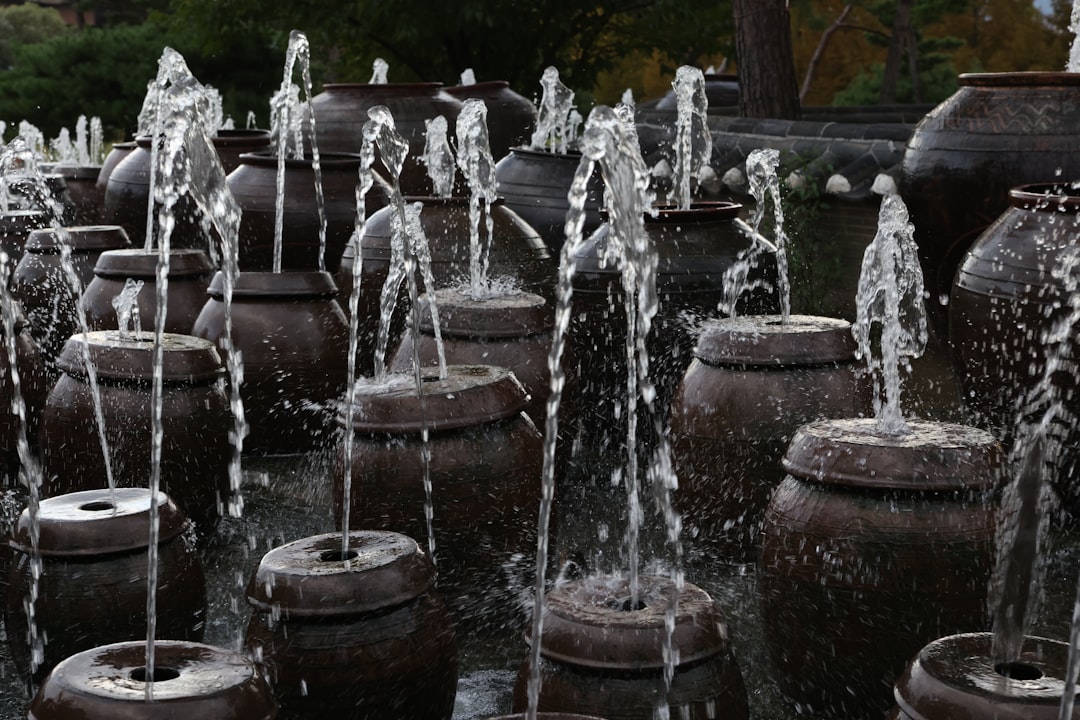
One of the persistent challenges in commercial environments is the lack of visibility into anonymous or one-off traffic around high-value machines. Potential maintenance opportunities remain invisible when interactions are not systematically tracked. When troubleshooting materials, maintenance logs, or service histories are locked in inaccessible formats or scattered systems, valuable engagement signals go undetected.
QR codes address these gaps by providing immediate, app-free access to support documentation, dynamic troubleshooting guides, and maintenance request portals. This is especially valuable when technicians are unfamiliar with a specific model or brand. For example, a scan that retrieves a model-specific diagram can be tied to a timestamped data point, a location, and a user role, which helps identify assets that demand frequent attention and sites at risk for recurring issues.
Beyond speed and convenience, dynamic QR codes allow you to update destinations as equipment, teams, or procedures change. This reduces the risk of outdated documentation causing errors and supports continuous improvement. When an operations manager can see which codes get scanned, when, and by whom, that information enables smarter follow-up, proactive training, and strategic stocking of high-wear parts.
QR codes also create a direct link between offline interactions and digital engagement. Techs can move from a panel to a training module or a reorder page in a single scan. Office managers can scan a sticker on an invoice to request a new service appointment. All of these moments feed into a unified data stream that informs resource allocation and highlights revenue opportunities that were previously invisible.
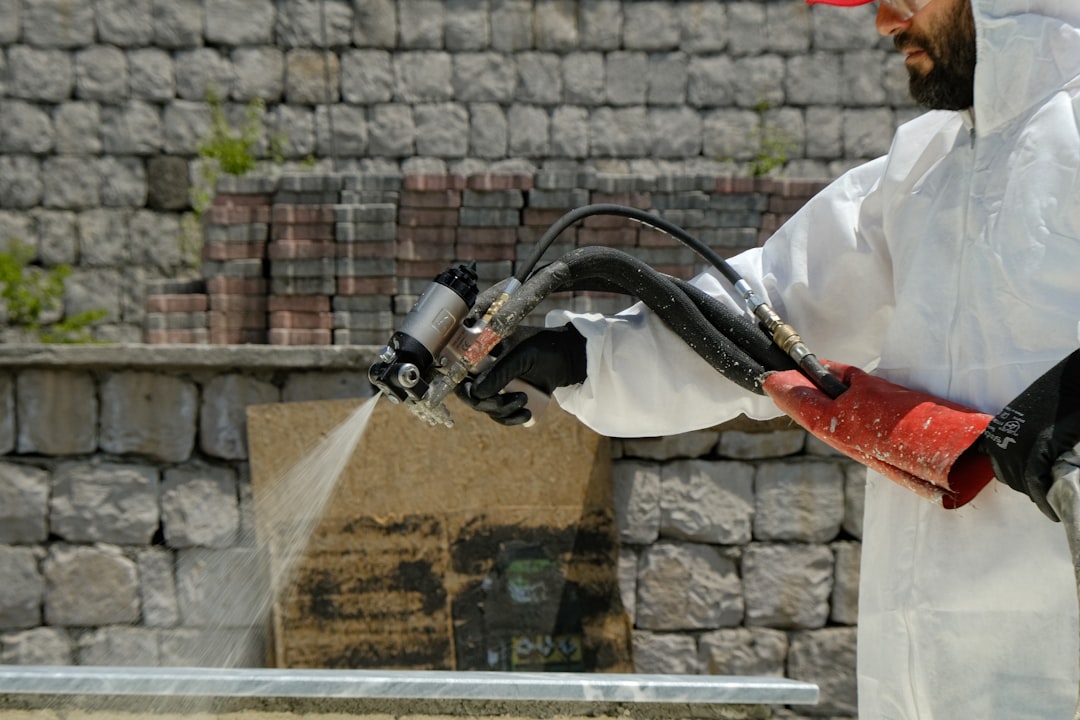
Soda fountain service environments present diverse scenarios where different QR code formats unlock value and mitigate frequent operational pain points. Matching the format to the job is essential for usability and measurement.
Dynamic QR codes are especially valuable when equipment documentation, escalation procedures, or service teams change. They prevent miscommunication caused by outdated resources. Centralized management of QR deployments ensures that account-level activity, such as which code is being scanned and by whom, feeds into performance tracking and campaign targeting. Sona QR manages all formats in one place, lets you route scans by device, and supports A/B tests on landing pages so you can continuously improve conversion and compliance.
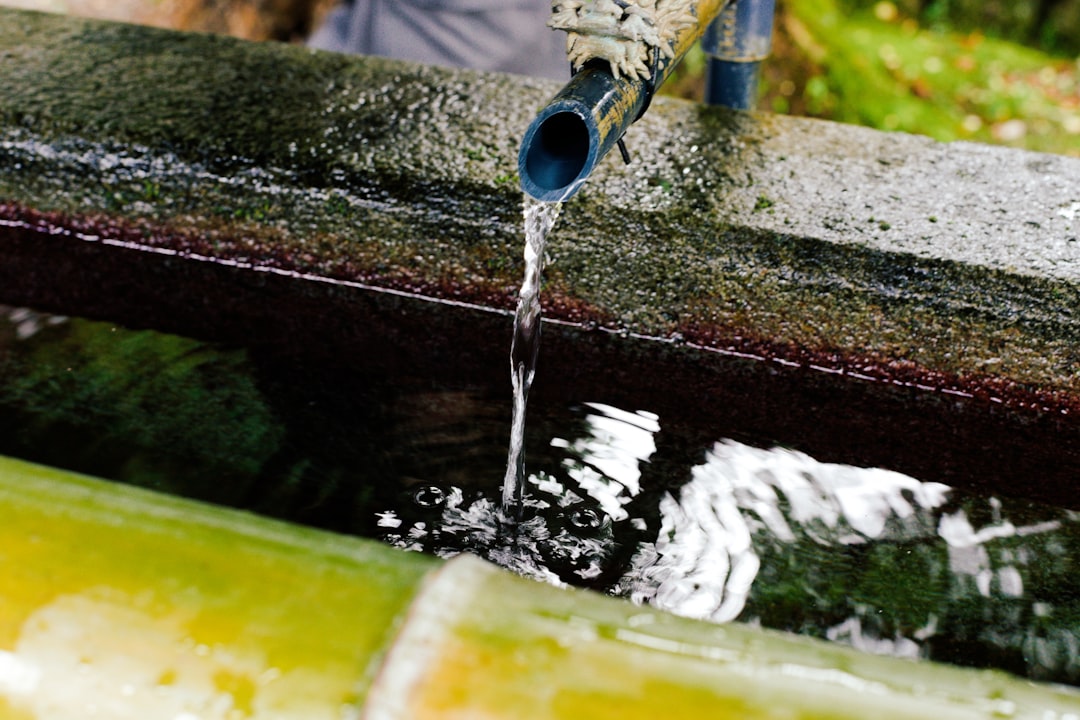
Missed segmentation and disconnected handoffs are common when service workflows operate in silos. This causes confusion for both technicians and clients, weakens attribution, and slows response times. By integrating QR codes throughout the soda machine maintenance lifecycle, companies convert everyday surfaces into measurable triggers.
Embedding QR workflows across these routine touchpoints produces a reliable signal stream. Insights such as which machines require frequent intervention or which service teams engage fastest can guide stocking decisions, territory planning, technician training, and personalized offers for extended warranties or upgrade packages.
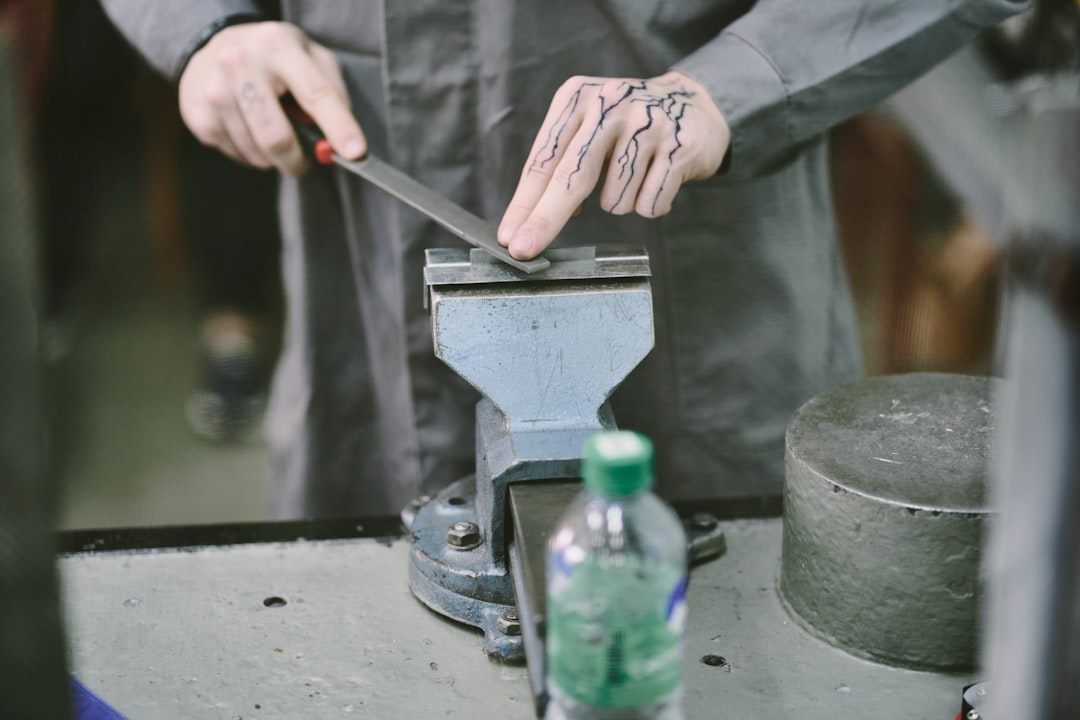
Inefficient communications and incomplete service records have traditionally left both operational and commercial value on the table. QR code deployment helps resolve these pains through a few focused use cases that touch the daily realities of soda fountain maintenance.
With every use case, the gains are twofold. You improve speed and accuracy in the field, and you also reduce the risk of missed attribution, data loss, and declining customer satisfaction. Over time, the breadth and depth of scan data supports predictive maintenance, smarter stocking, and timely offers that align with the equipment’s lifecycle.
Many service organizations overlook the marketing potential of operational scans. Every QR code interaction represents an intent signal, often from hard-to-reach or anonymous users who are actively engaging with your assets. For a deeper view of signals, see Sona intent data. By deploying multiple QR codes across touchpoints, you can segment your audience automatically and use that data to fuel precise retargeting and follow-up.
Start by creating unique QR codes for each journey stage. Awareness codes on trade show handouts can direct to service overview pages. Consideration codes on brochures can link to case studies and pricing. Conversion codes on invoices can trigger service contract renewals. Each scan builds a segmented list aligned with funnel stage and intent.
For soda fountain repair, useful audience distinctions include operators with recurring issues, new installations within 90 days, multi-location brands with frequent reorders, and technician trainees who frequently access training content. Each segment warrants tailored content and offers, such as bundled maintenance plans, filtration upgrades, rapid-response SLAs, or on-site training days. For campaign structure, review Sona’s retargeting playbook.
Disconnected messaging across channels leads to confused prospects and wasted spend. QR codes act as the connective tissue that links offline moments to the digital experiences you control. They also unlock measurement where it has traditionally been difficult to attribute outcomes.
In this vertical, the most valuable media surfaces are close to the work. Equipment stickers and service panels are ideal for on-the-spot learning. Printed brochures and leave-behinds at restaurant locations can drive extended warranty sign-ups or referral programs. For restaurant-specific tactics, see restaurants. Direct mail pieces to franchise owners can link to trial service offers that attribute conversion by location, while uniform patches and business cards can encourage reviews or feedback after a service call.
Centralize your QR campaign management in Sona QR to unify scan data across these channels. Sync insights with your CRM and ad platforms so each scan strengthens a single, coherent customer journey that moves from awareness to service contract and ongoing advocacy.
A structured execution plan increases the odds that QR code deployments deliver measurable value rather than scattershot experiments. Treat your QR program like a product: design for the environment, test in real conditions, and iterate based on performance.
Begin by aligning each code to a clear business outcome. If your goal is to reduce time-to-repair, deploy codes that launch instant troubleshooting guides and pre-filled issue forms. If your goal is to increase maintenance plan renewals, use invoices and receipts to drive to a self-serve renewal portal. Clarify ownership for content updates and set review cadences so QR destinations stay current.
Decide which moment you want to improve first. Common goals in soda fountain service include faster repair initiation, higher first-time fix rates, easier parts reordering, and increased renewals for preventative maintenance plans. Anchor the use case to an asset or channel that sees frequent traffic, such as the service panel or the work order.
Choose static codes for fixed resources like a universal safety PDF. Use dynamic codes for content that may change and for any scenario where you want detailed analytics and audience retargeting. Dynamic codes are recommended for most service workflows since documentation, product lines, and contacts evolve.
Design for credibility and scannability. Include your logo, brand colors, and a clear visual frame that distinguishes the code from background noise. Write a short, benefit-driven CTA right next to the code, then field test on different devices and in varied lighting.
Roll out codes where they will be used the most. Start with high-value surfaces like service panels, invoices, and parts bins. Add to uniform badges, backroom signage, and delivery paperwork as you see success. Match placement to audience behavior and scanning context.
Use Sona QR to track scans by time, location, and device. Monitor conversion behavior and drop-off points on the destination page. Run A/B tests on CTAs or landing content, and incorporate findings into your next iteration.
An execution checklist keeps teams aligned and ensures each QR deployment serves a tangible purpose. Over time, your checklist evolves into an operating standard that supports consistent service quality and measurable ROI.
You cannot optimize what you cannot see, and in soda fountain repair, the pain of lost or unaccounted-for service opportunities is real. QR analytics show engagement frequency, timing, and device types, then integrate that data with the CRM and maintenance software. This makes it possible to attribute service contract renewals, upgrades, or follow-up campaigns directly to scan activity rather than guesswork, supporting offline attribution.
Effective tracking starts with unique codes by asset and location. Add UTM parameters to destinations so traffic sources and media types are captured. Connect Sona QR to your CRM so scans create or update contact and account records. Over time, you can identify patterns like recurring faults by model, sites with unusual downtime, and regions where training gaps correlate with repeat visits.
Modern platforms such as Sona QR and Sona.com allow this data flow without manual exports. Sona QR captures the real-world engagement and syncs it to your systems, while Sona enriches identity, resolves anonymous scans, and provides multi-touch attribution. Together they unify fragmented touchpoints and show how offline actions contribute to buying stages and revenue.
Growing from pilot to scale requires repeatable practices, consistent training, and smart automation. The following tips help you get more value from your QR investment while fitting the realities of field service.
Consider creative deployments tailored to this vertical. Place a QR on the CO2 cage that links to a safety checklist and vendor contact. Add a QR to a technician’s toolbox that opens a live parts availability checker. These small touches turn routine interactions into data-rich events that support both operational improvements and targeted commercial outcomes.
QR codes elevate every aspect of soda fountain maintenance, from quicker troubleshooting and automated compliance to smarter segmentation for future marketing and service efforts. Their value comes from surfacing intent signals at the moment of need, filling critical visibility gaps between physical assets and digital systems, and eliminating outdated, error-prone processes. The result is fewer missed opportunities and a service operation that feels faster, more accountable, and more aligned with customer expectations.
For soda fountain repair technicians and commercial kitchen businesses, adopting QR codes is about more than digital convenience. It is about closing persistent visibility gaps that have long hampered efficient service and proactive account management. When every scan turns a previously anonymous interaction into actionable insight, you are empowered to minimize downtime, precisely target upsell and cross-sell, and personalize support at scale. With Sona QR and Sona.com, you have the tools to manage codes centrally, integrate scan data with your CRM, and attribute impact to revenue. Start creating QR codes for free.
QR codes have transformed the soda fountain repair technician industry from traditional service calls into streamlined, data-driven opportunities. Whether it’s enabling faster access to repair manuals, simplifying parts ordering, or enhancing customer communication, QR codes replace cumbersome workflows with instant, mobile-friendly solutions that capture real-time engagement and improve operational efficiency.
Imagine technicians scanning a code on-site to instantly access up-to-date repair guides or customers using a QR code to schedule maintenance effortlessly—saving time and boosting satisfaction. With Sona QR, you can create dynamic, trackable QR codes in seconds, update your resources without reprinting, and connect every scan directly to service outcomes. No wasted effort, no missed connections—just smarter, more effective service delivery.
Start for free with Sona QR today and turn every scan into faster repairs, happier customers, and a stronger bottom line.
You can find reliable soda fountain repair technicians by looking for those who use digital tools like QR codes to ensure timely access to equipment information and support, improving repair efficiency and accuracy.
Common issues include equipment malfunctions, recurring faults, parts needing reordering, and site readiness checks like power or CO2 availability.
The article does not specify exact repair costs but suggests that using QR code-activated systems can reduce downtime and service costs by improving repair speed and parts availability.
QR codes provide instant access to troubleshooting guides, enable digital service logs, support parts reordering, improve tracking and analytics, and connect offline service interactions to digital workflows for better operational efficiency.
Maintain soda fountains by using QR code-enabled checklists for site readiness, keeping digital maintenance logs updated after repairs, tracking frequent faults, and scheduling preventative maintenance through automated workflows.
Use Sona QR's trackable codes to improve customer acquisition and engagement today.
Create Your FREE Trackable QR Code in SecondsJoin results-focused teams combining Sona Platform automation with advanced Google Ads strategies to scale lead generation

Connect your existing CRM

Free Account Enrichment

No setup fees
No commitment required

Free consultation

Get a custom Google Ads roadmap for your business






Launch campaigns that generate qualified leads in 30 days or less.
